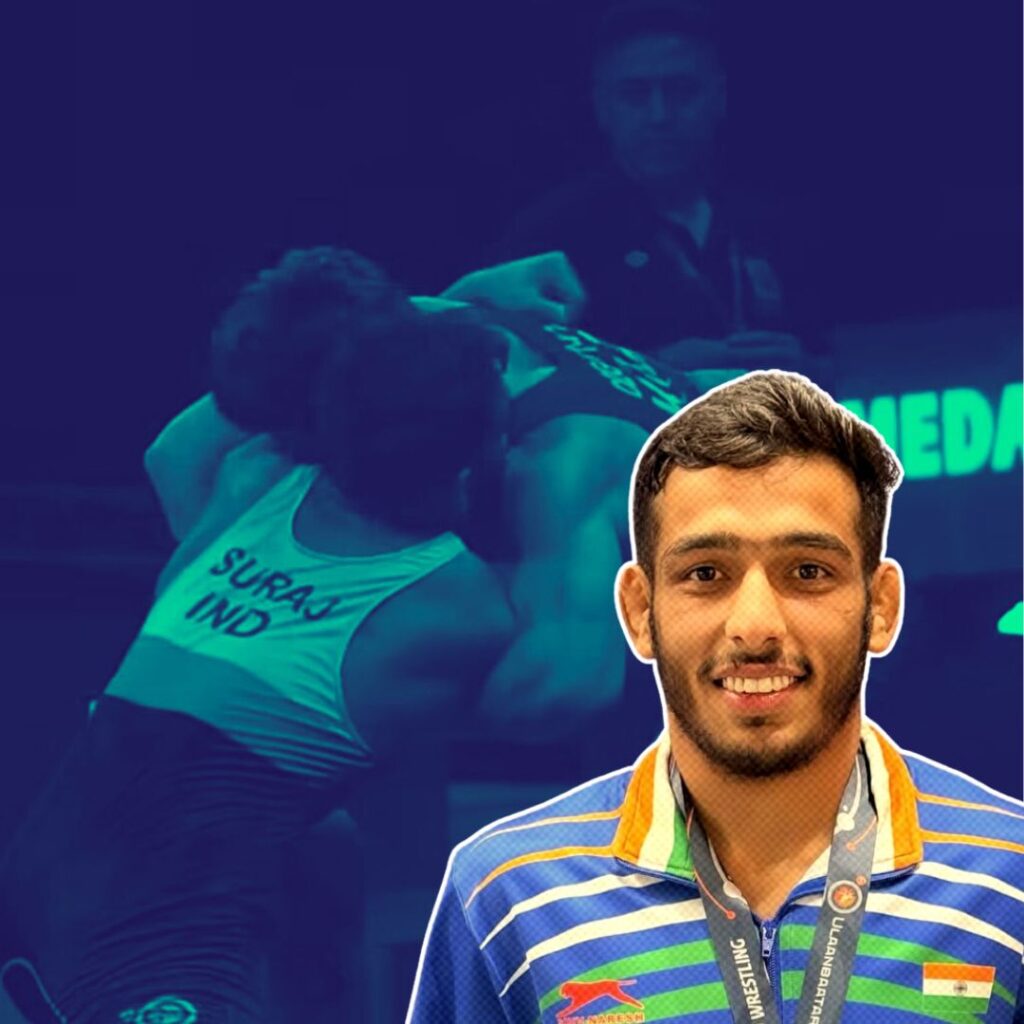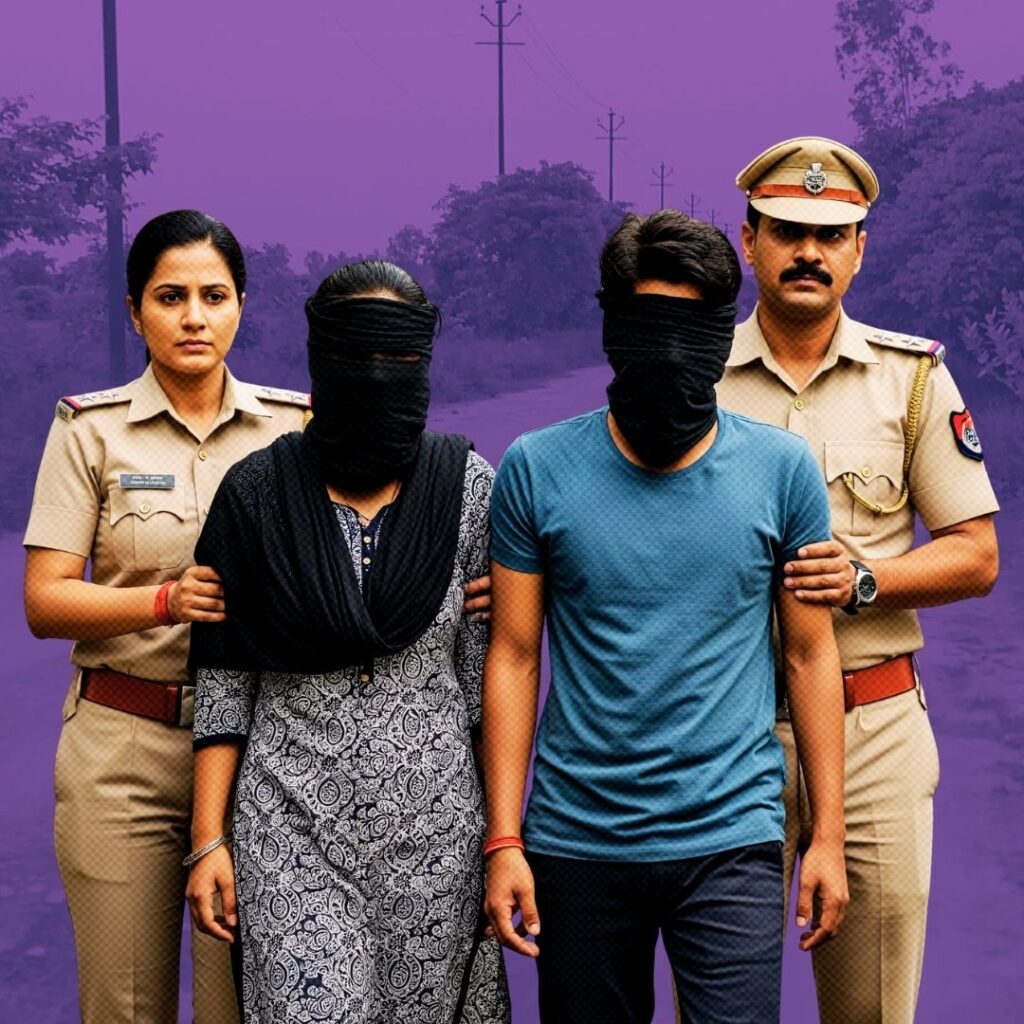2016 has been a year of unexpected events. Several ups and downs were seen in the year. It was a year which will not be forgotten soon. Let us have a look at other major events which transpired in India in 2016
Odd-even Plan: The State government introduced the ambitious odd-even pilot experiment to reduce pollution and vehicular congestion for a trial period from January. It reduced hourly particulate air pollution concentration by 10-13%.
Image Courtesy: blogspot
Pathankot Attack: On 2 January, a heavily armed group of terrorists attacked the Pathankot Air Force Station, a part of the Western Air Command of the Indian Air Force. Six attackers were shot dead, and one civilian and seven security personnel lost their lives. The attack evoked widespread international condemnation and led to a breakdown in India-Pakistan bilateral relations throughout 2016.
Image Courtesy: imgix
The JNU Incident: Kanhaiya Kumar, former President of the Jawaharlal Nehru University (JNU) Students’ Union and a leader of the student wing of the Communist Party of India (CPI), was arrested and charged with sedition by the Delhi police in February 2016. This was for allegedly raising anti-India slogans in a student rally four days earlier on 9 February. The rally was to protest the 2013 hanging of Mohammed Afzal Guru, a Kashmiri separatist convicted for the 2001 Indian Parliament attack. The JNU controversy and Kumar’s arrest ignited a fierce national debate on India’s sedition law (Section 124(A) of the IPC) and free speech in general.
Image Courtesy: assettype
Kolkata Bridge Collapse: The Vivekananda flyover which was under construction in the Girish Park neighbourhood in Kolkata collapsed on 31 March 2016. 27 people died and more than 80 were injured in the incident. The construction of the 2.2-kilometre flyover was contracted in 2008 and the work began in 2009. The construction was scheduled to have been completed by 2010 but overshot the deadline multiple times.
Image Courtesy: abcnews
Govt. Formation in J&K: Just as in other states of India, Jammu & Kashmir also has a multi-party democratic system of governance. The People’s Democratic Party (PDP) and the Bharatiya Janata Party (BJP) have collectively held power in the State since the legislative assembly election of 2014. PDP president Mehbooba Mufti succeeded her late father Mufti Mohammed Sayeed as Chief Minister. She was sworn in on 4 April as the 13th – and the first woman – Chief Minister of the State.
Image Courtesy: newindianexpress
Exit of Raghuram Rajan as RBI Governor: On 18 June 2016, Rajan announced that he would not be serving a second term as RBI Governor and that he would return to academia. His term got over on 4 September. Rajan was appointed as chief economic adviser to India’s Ministry of Finance, replacing Kaushik Basu on 10 August 2012. He prepared the Economic Survey for India for the year 2012–13. He was chief economist at the International Monetary Fund from 2003 to 2007 (the youngest to occupy the position) and is credited as being one of the few intellectuals who predicted the 2008 economic crisis. He is also the current Vice-Chairman of the Bank of International Settlements. His tenure as RBI Governor has received praise from across the political spectrum. He was succeeded by Urjit Patel.
Image Courtesy: japantimes
Assam Flood: India’s North-eastern States saw heavy rainfall in July 2016. The State of Assam faced around 60% more rains than it had received in July 2015. This resulted in flooding of various rivers. On 5 July, the Brahmaputra River crossed its danger mark level in seven districts. The flooding affected 1.8 million people, and flooded the Kaziranga National Park.
Image Courtesy: helloguwahati
Kashmir Unrest: Burhan Wani, a commander of the Kashmir-based Hizbul Mujahideen (which has been designated a terrorist organization by India, the European Union and the United States), was killed in an encounter with Indian security forces on 8 July 2016. Widespread protests erupted in the Kashmir Valley since his death. More than 85 people have died while over 13000 civilians and 4000 security personnel have been injured. The violence which erupted after his death has been described as the worst unrest in the region since the 2010 Kashmir unrest with Kashmir being placed under 53 consecutive days of curfews imposed by authorities.
Image Courtesy: newsgram
Indian Air Force Aircraft Disappearance: On 22 July 2016, a turboprop transport aircraft of the Indian Air Force disappeared while flying over the Bay of Bengal. The aircraft was flying from Tambaram Air Force Station in Chennai to Port Blair. There were 29 people onboard the aircraft. The Indian Navy and the Indian Coast Guard launched a large search and rescue operation, using a submarine, twelve surface vessels and five aircrafts. On 15 September 2016, the mission was called off; all 29 people on board were presumed dead and their families…











